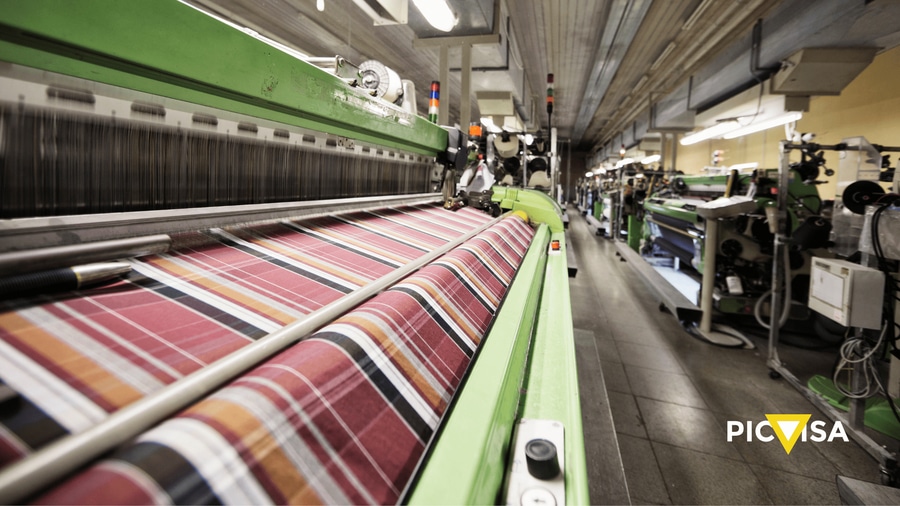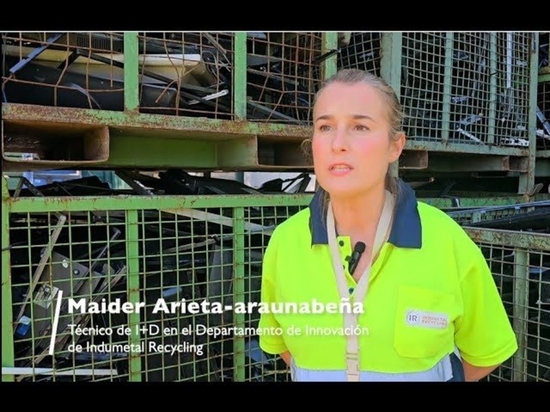
#Product Trends
TRANSFORMING THE TEXTILE INDUSTRY: EFFECTIVE RECYCLING OF PRE AND POST-CONSUMER WASTE
TRANSFORMING THE TEXTILE INDUSTRY: EFFECTIVE RECYCLING OF PRE AND POST-CONSUMER WASTE
The textile industry is classified as one of the industrial activities that currently generates the highest volume of waste. Proper management of textile waste, particularly post-industrial clippings and unsold garments, is crucial to reduce the environmental impact of the sector.
Among the wide range of products, materials, and uses that this sector encompasses, used clothing (post-consumer waste) is the type of textile waste that has the greatest environmental impact.
However, there is another flow of textile waste that adds tons to the waste generated by used clothing, and that is the unused clothing, meaning garments that never made it to a wardrobe, that no one has ever worn because they were never sold (pre-consumer waste).
TEXTILE WASTE: A GLOBAL CHALLENGE
In Europe, over 16 million tons of textile waste are produced annually, considering that textile waste can also include furniture, carpets, beddings, towels, and footwear, and a significant amount of these wastes come from the two aforementioned streams.
ANALISIS DE LA RECOGIDA DE LA ROPA USADA EN ESPANA
Fuente: “ANALISIS DE LA RECOGIDA DE LA ROPA USADA EN ESPANA” elaborado por MODA Re- S. Coop. De Iniciativa Social (Un proyecto social de Caritas). Edición 2021.
Textile Recycling, an Essential Component of the Global Circular Economy, is Accelerating its Evolution to Align with Commercial Demands and Regulatory Guidelines. It is an extraordinary challenge because, currently, in the EU, only 36% of textile waste is selectively collected, and only 1% of the materials used to produce clothing are recycled for manufacturing new garments.
In other words, Europeans consume almost 26 kg of textiles each year and dispose of about 11 kg of textiles during the same period. The majority of used clothing (87%) is either incinerated or dumped in landfills.
POST-INDUSTRIAL CLIPPINGS AND UNSOLD GARMENTS: ENORMOUS IMPACT ON THE TEXTILE INDUSTRY.
Post-industrial textile clippings, which result from the garment manufacturing process, and unsold garments that end up being incinerated, contribute to the textile industry’s reputation as one of the most polluting and unsustainable sectors.
The two graphs below visualize the scale of natural resources required for textile product consumption per capita per year in the EU (The Environmental Impact of Textile Products) and the steep increase in global textile production (Textile Production).
Fuente: Agencia Europea de Medio Ambiente, 2023.
Estimates from supranational organizations reflect that the textile industry generates 10% of global CO2 emissions and consumes 4% of the world’s drinking water. These figures alone indicate an impact that needs to be reversed as quickly as possible.
THE CHALLENGE OF TEXTILE RECYCLING IN SPAIN BY 2025.
In Spain, over one million tons of clothing are discarded each year, of which only 12% is collected for reuse or recycling.
Out of this meager 12%, higher-quality clothing is sold in second-hand stores, lower-quality but still in good condition clothing is exported to African and Middle Eastern countries, and clothing that is not suitable for any of these options is incinerated and converted into energy.
The new waste law for 2025 requires separate collection of textile waste in all municipalities and the participation of fashion brands in collecting used garments.
In this regard, seven major brands—Decathlon, H&M, Ikea, Inditex, Kiabi, Mango, and Tendam—have created the Textile Waste Management Association, an entity that will be responsible for managing their waste based on the principle of “the polluter pays” by 2025.
With this scenario, industry analysts predict an increase in second-hand stores and a significant shift in consumers’ perception of used clothing. Furthermore, brands are expected to encourage the development of treatment plants for clothing reuse and recycling.
However, the true driving force, the key to sustainable progress in the textile sector, lies in recycling.
PICVISA: INNOVATION IN TEXTILE SORTING AND RECYCLING.
The real driving force, the key to sustainable progress in the textile sector’s development model, lies in the sorting, separation, and recycling of the complex set of fibers and materials that make up any textile product, and thus, any generated waste.
PICVISA, with its automated sorting technology, develops automated textile recycling solutions that enable the industry to efficiently process these waste materials.
Through optical sorting technology like ECOSORT TEXTIL, PICVISA can classify and separate different types of textiles, facilitating their recycling. Meanwhile, ECOPICK, a robot with artificial intelligence, is responsible for extracting textiles from urban solid waste streams.
To add to these options, ECOCLIP is an optical separator designed to classify and control the quality of shredded textiles.
These solutions allow PICVISA to drive efficiency and automation in textile recycling, supporting a more sustainable future for the industry.







